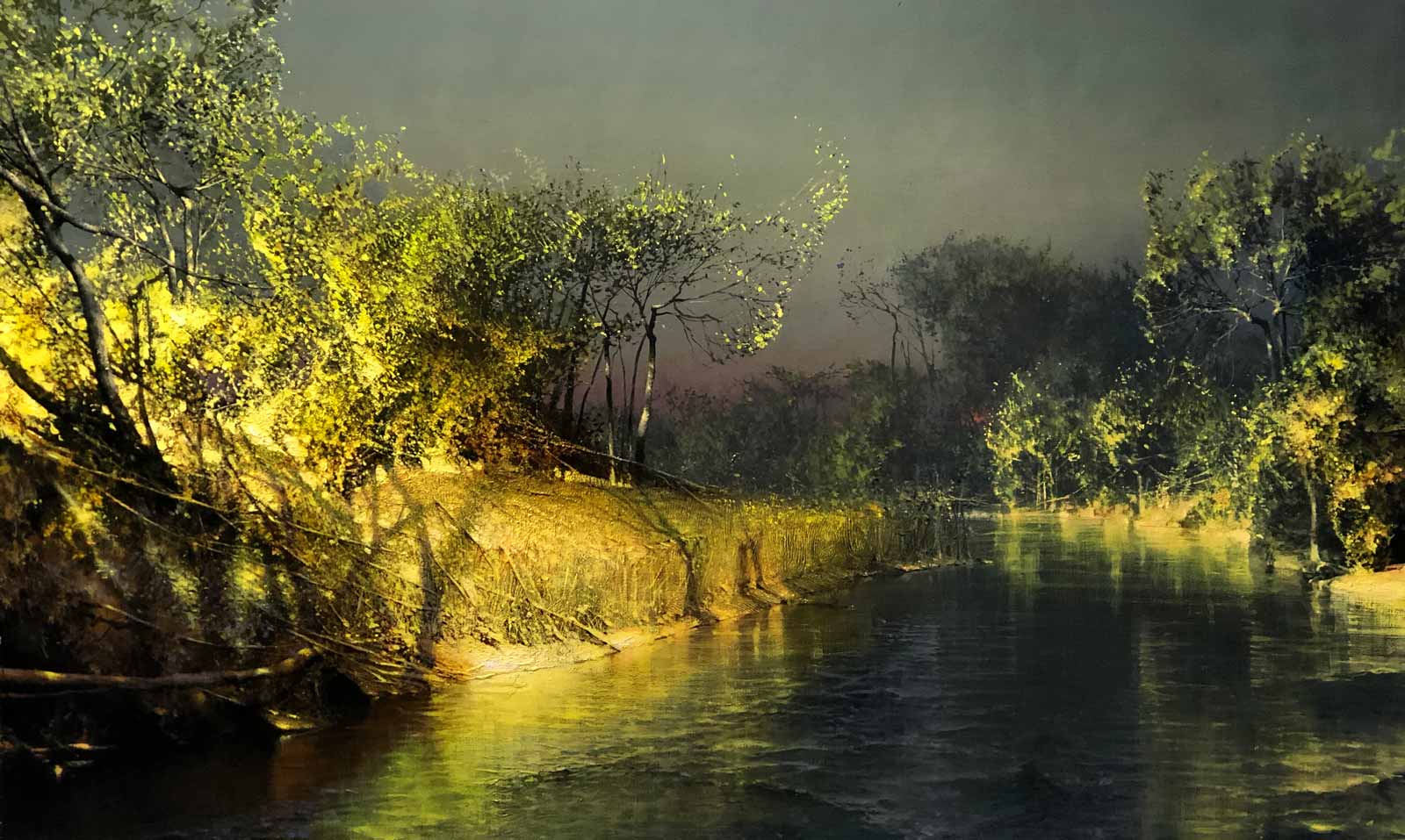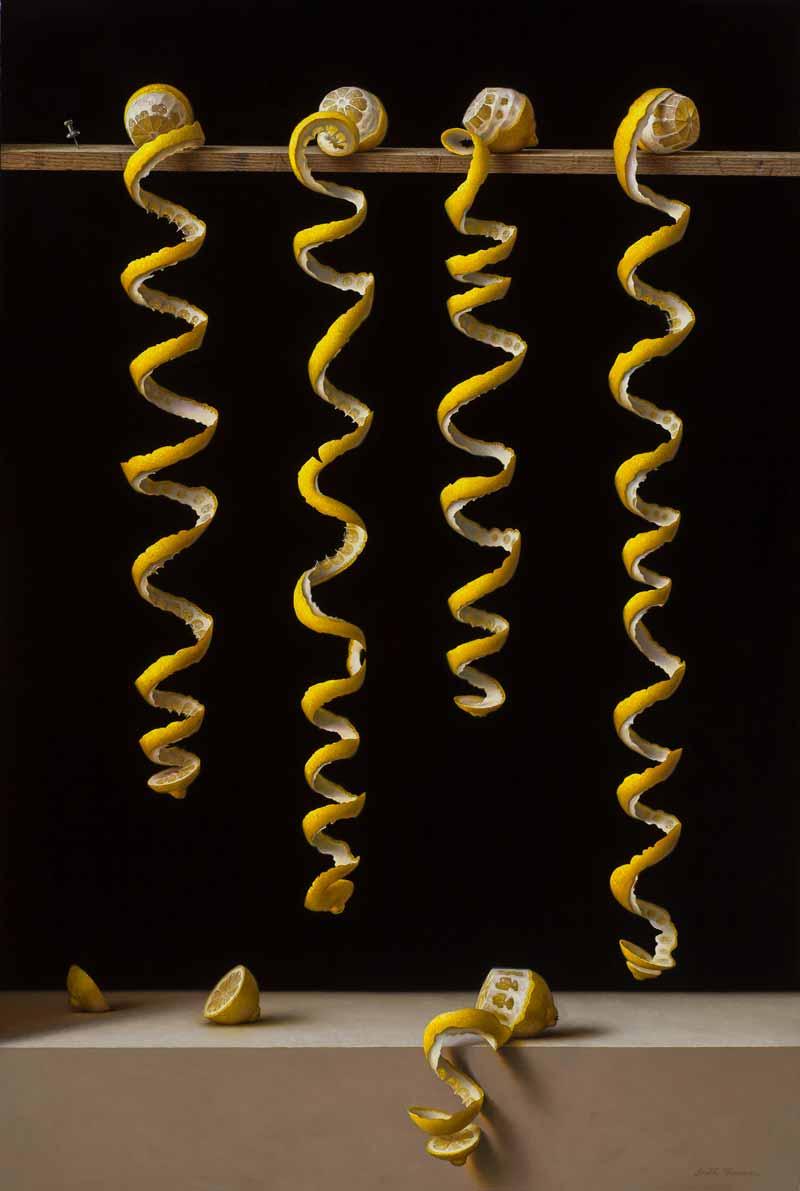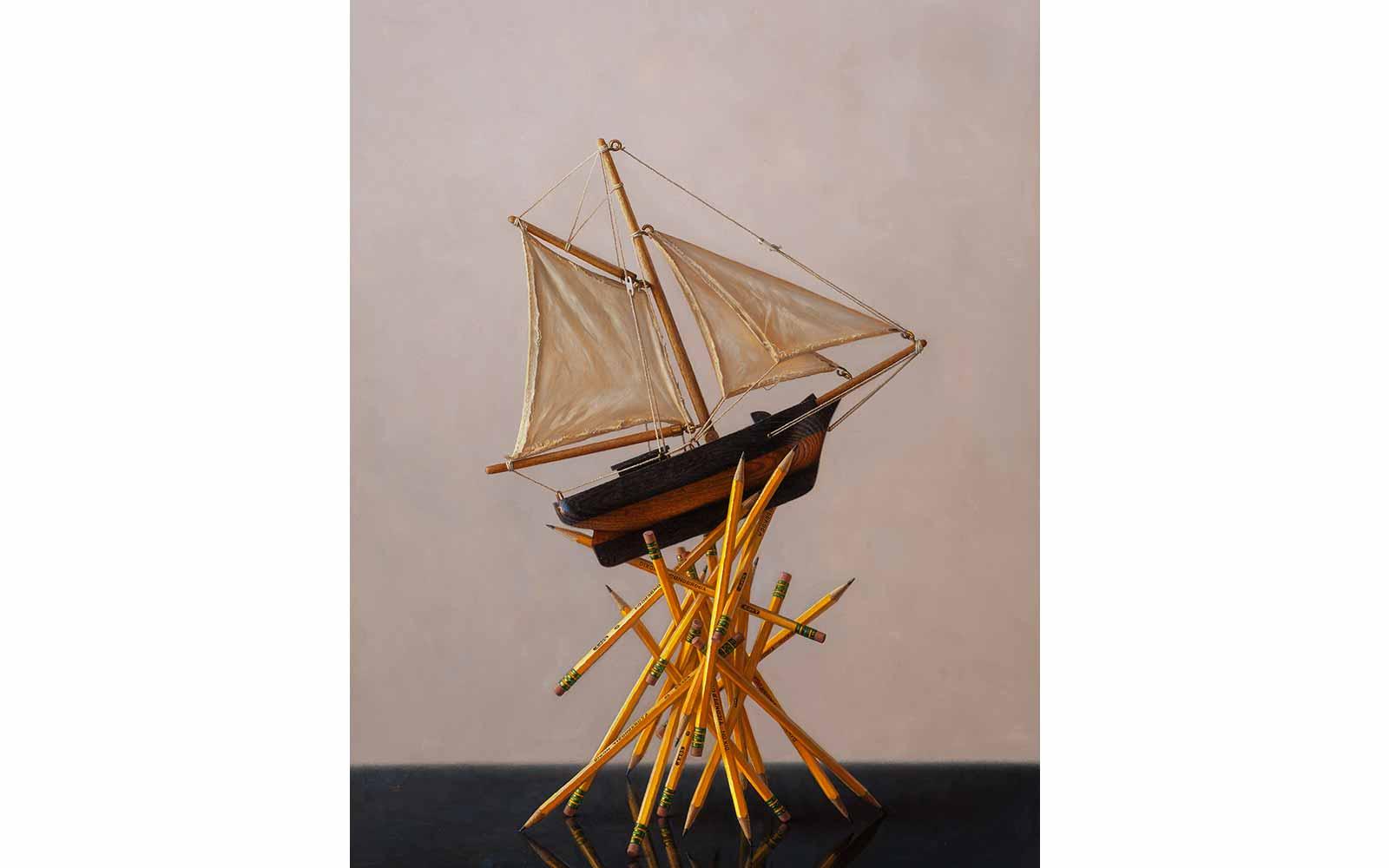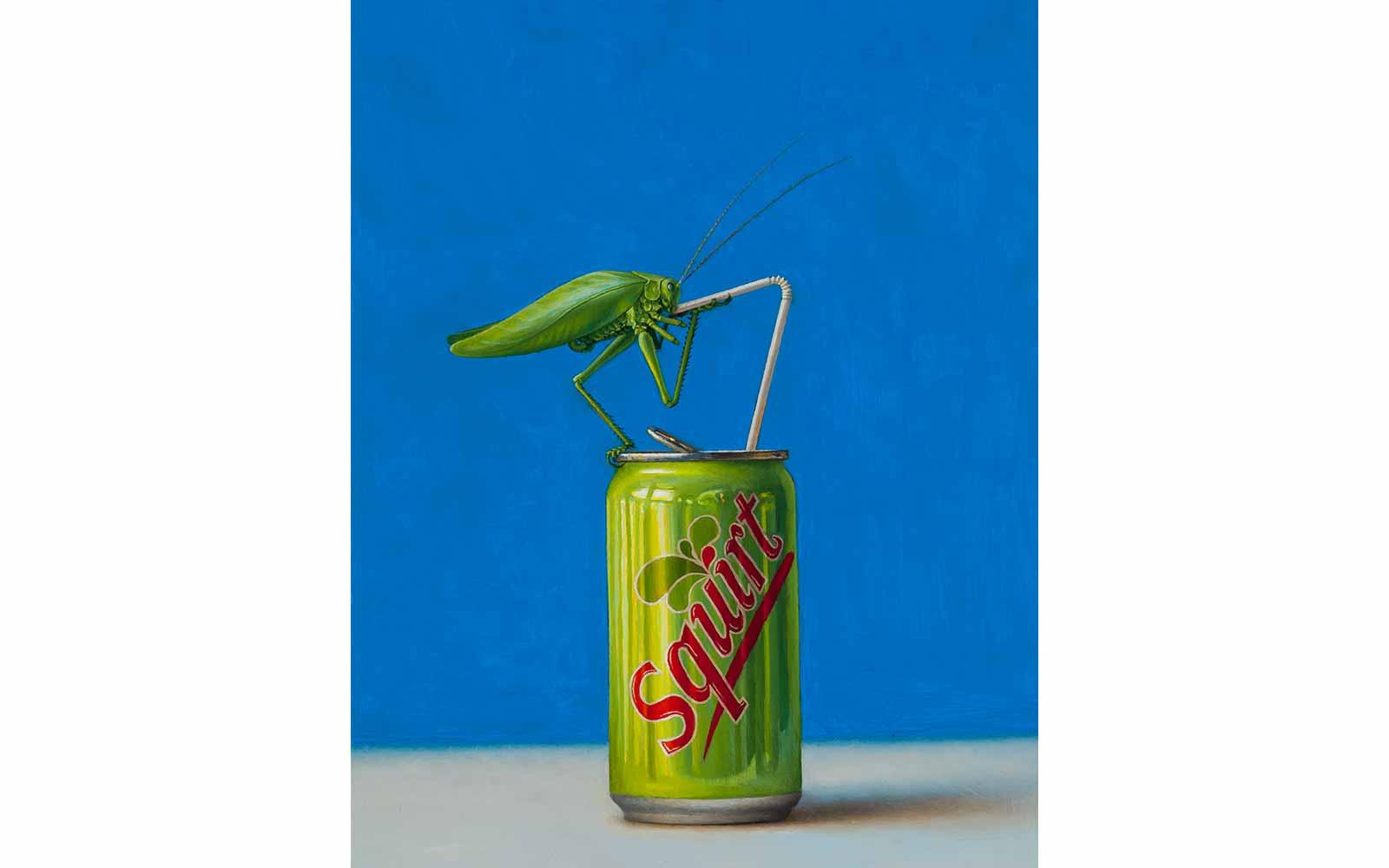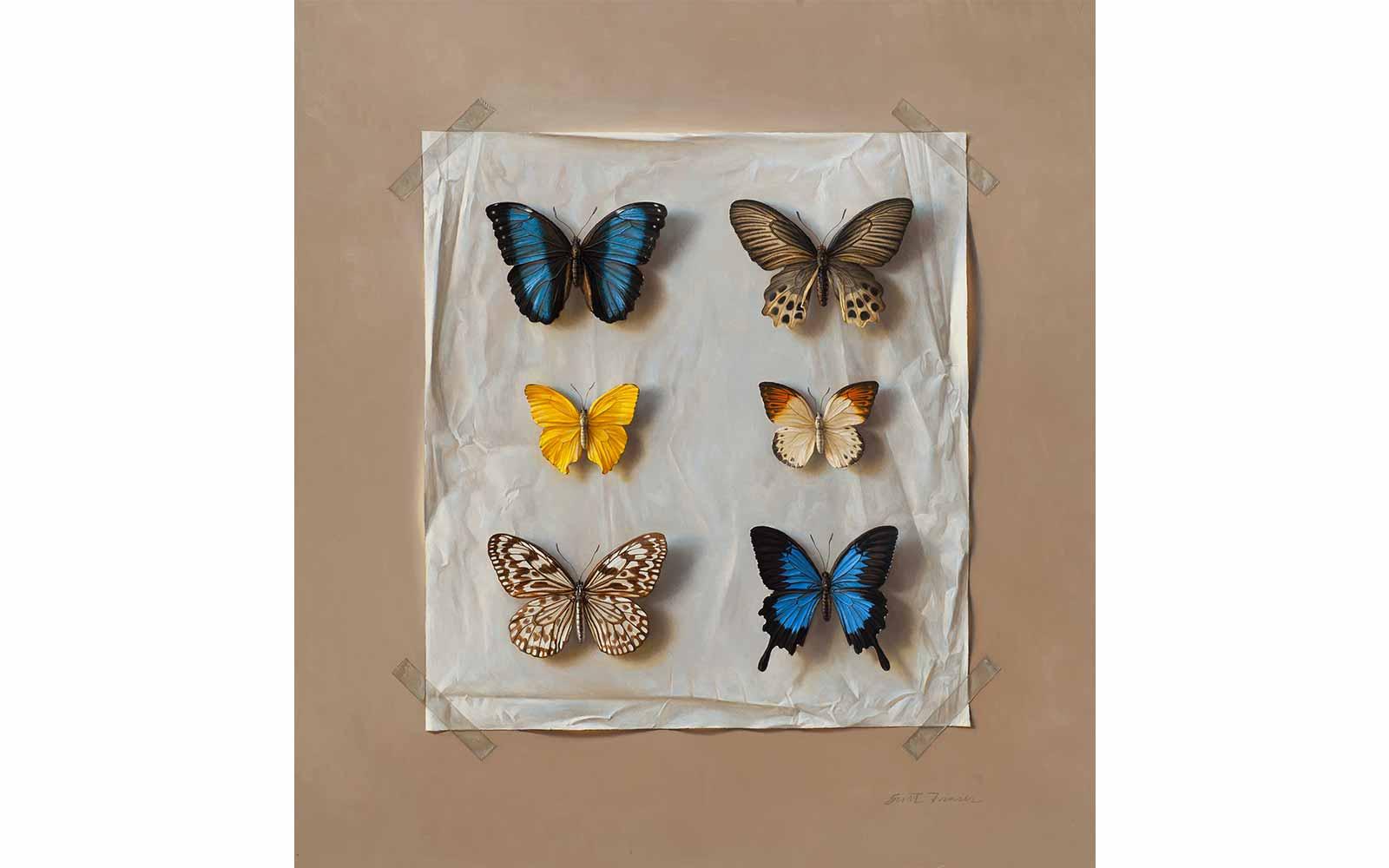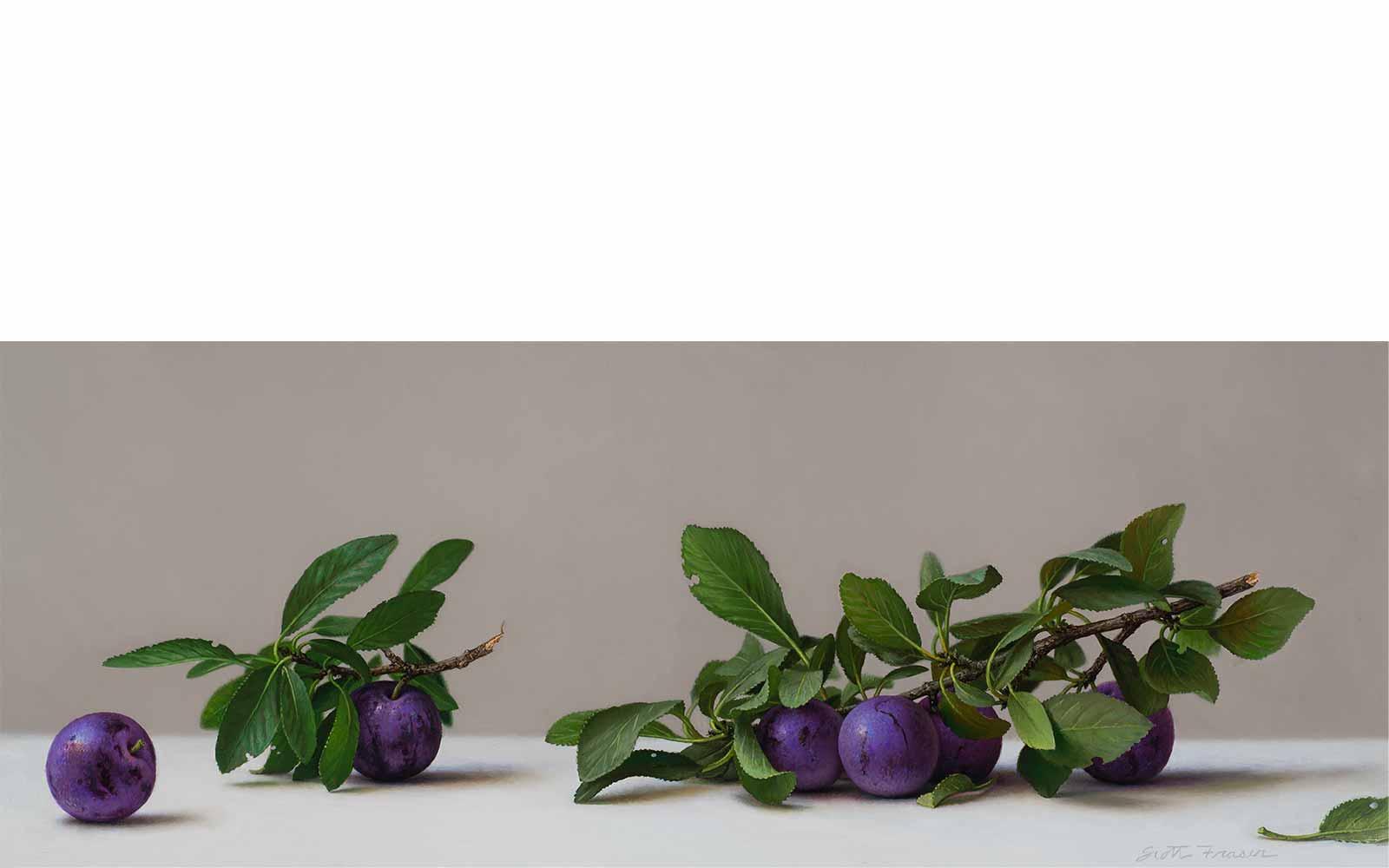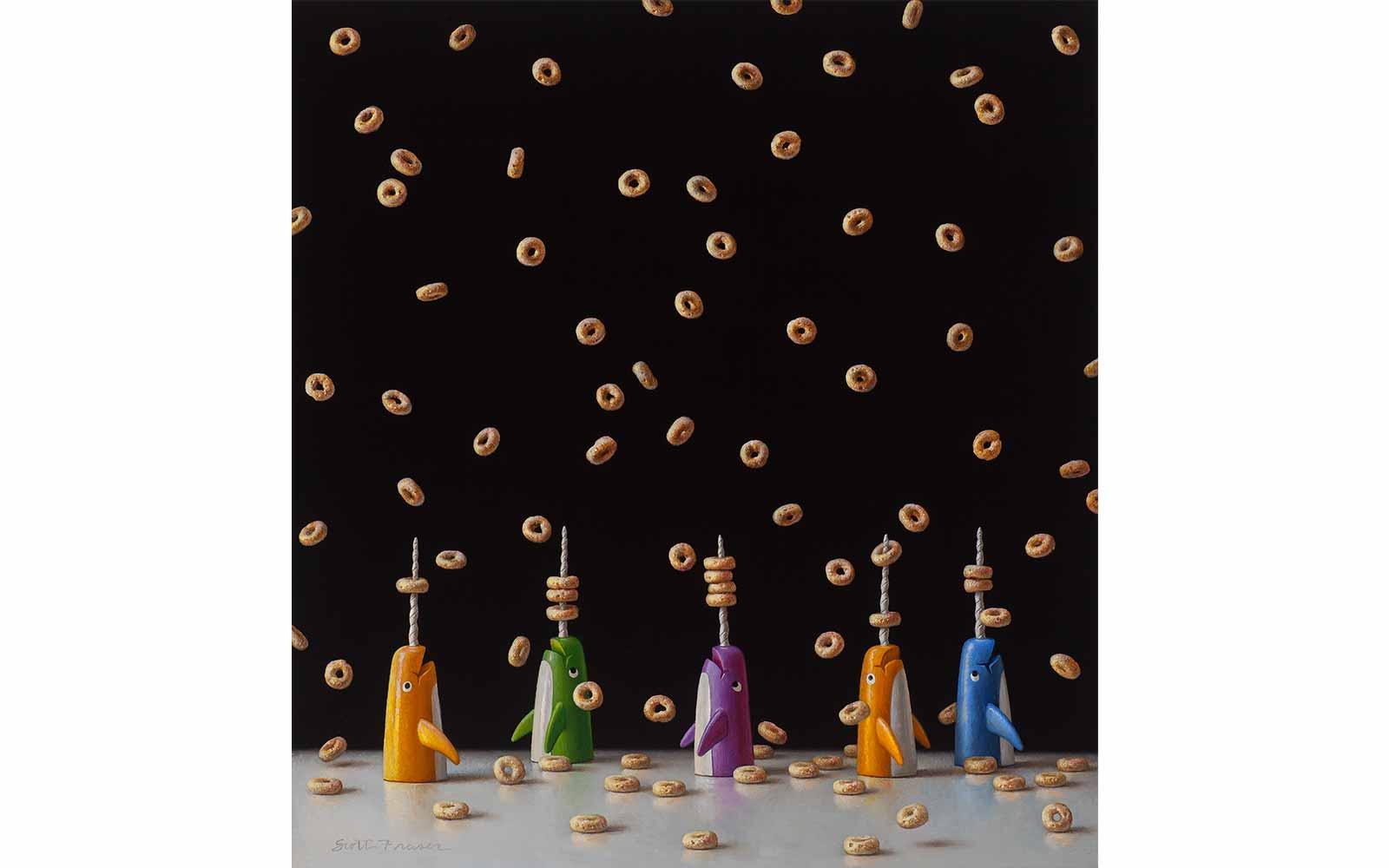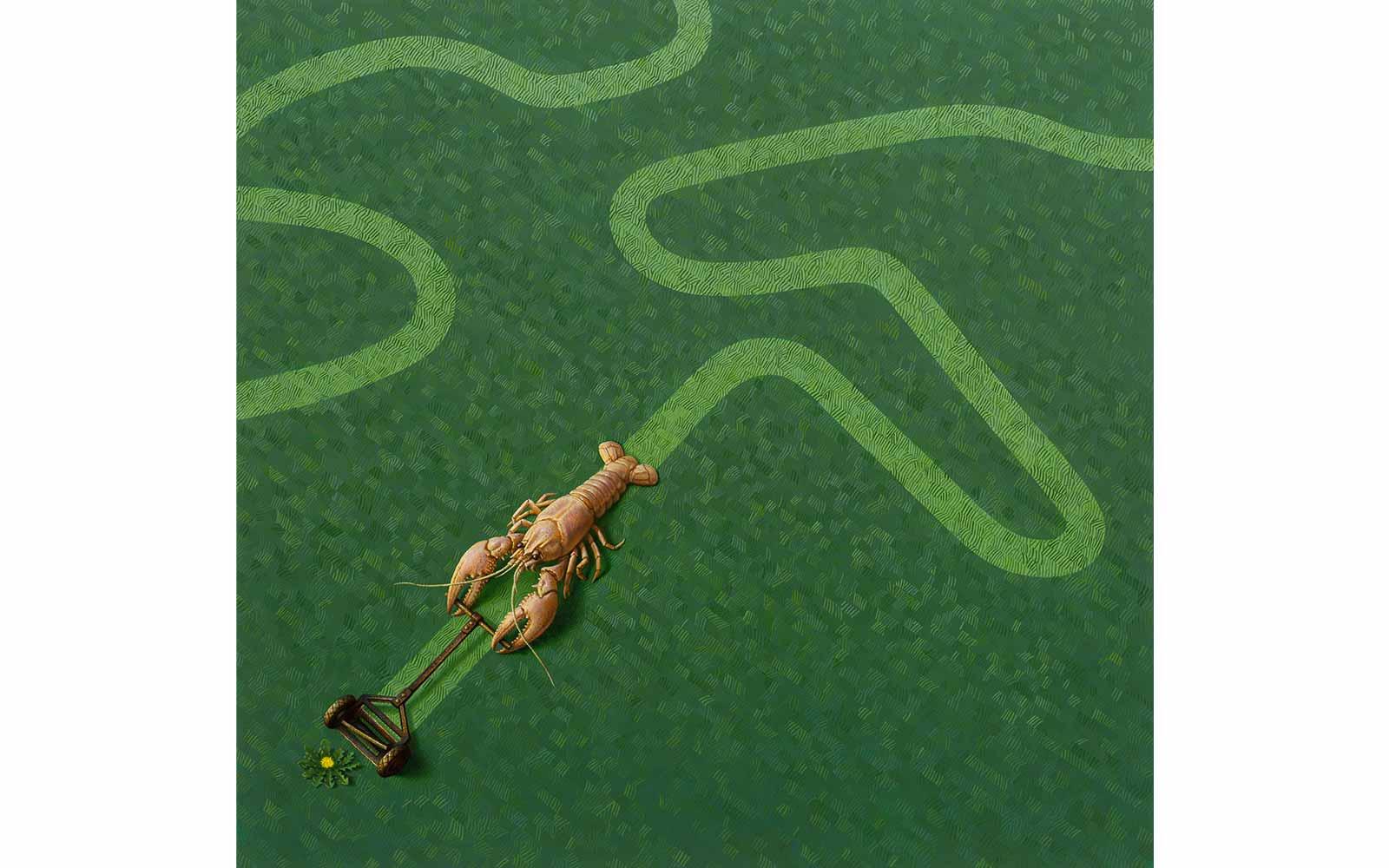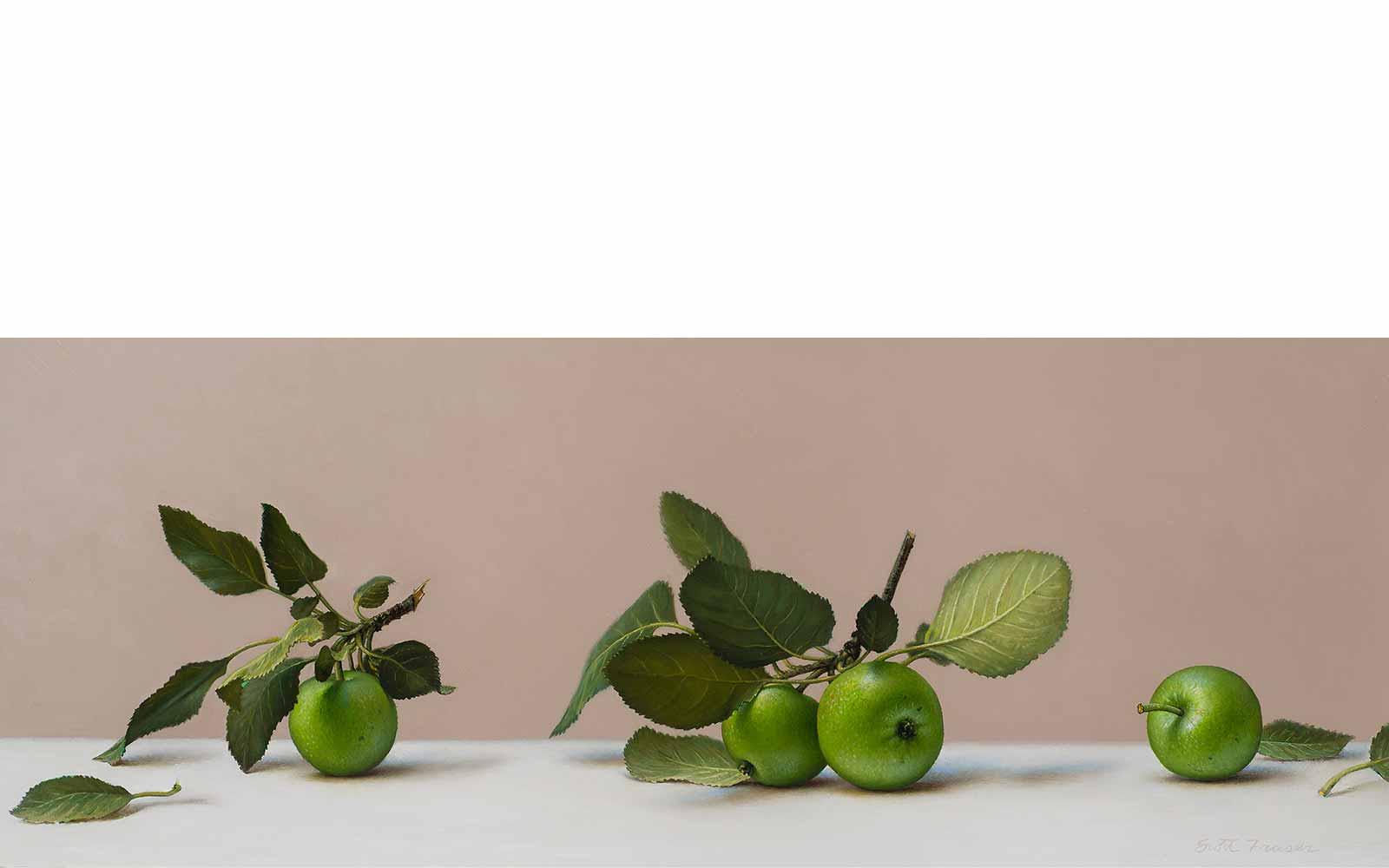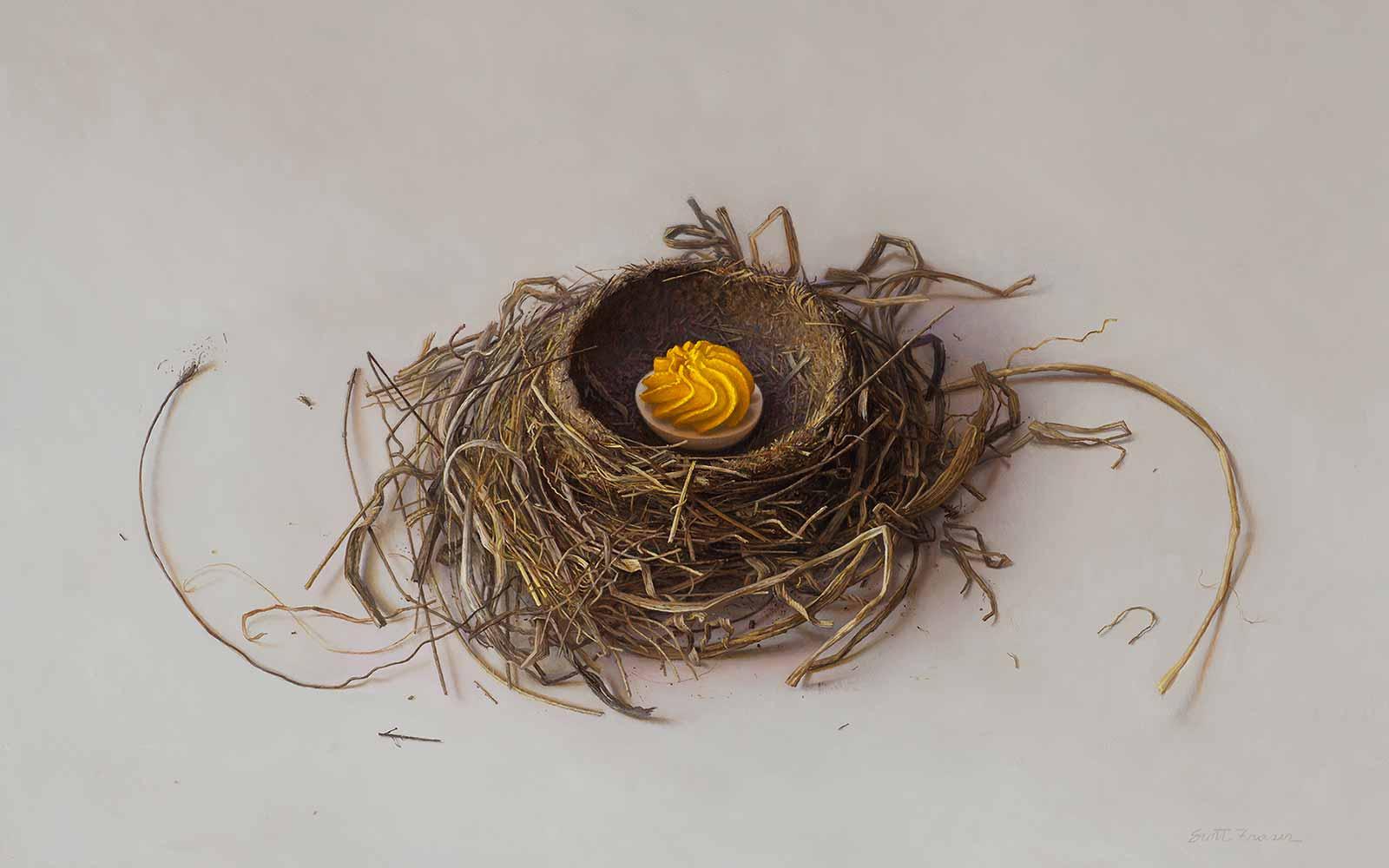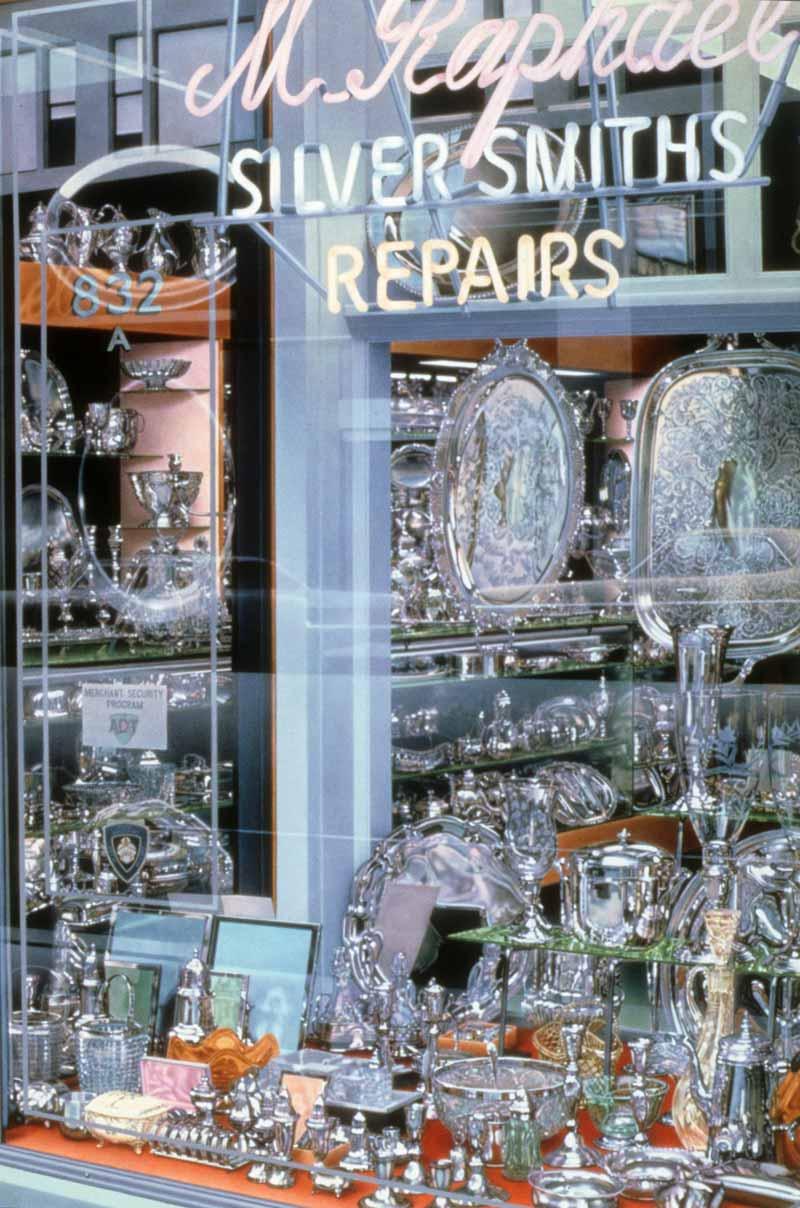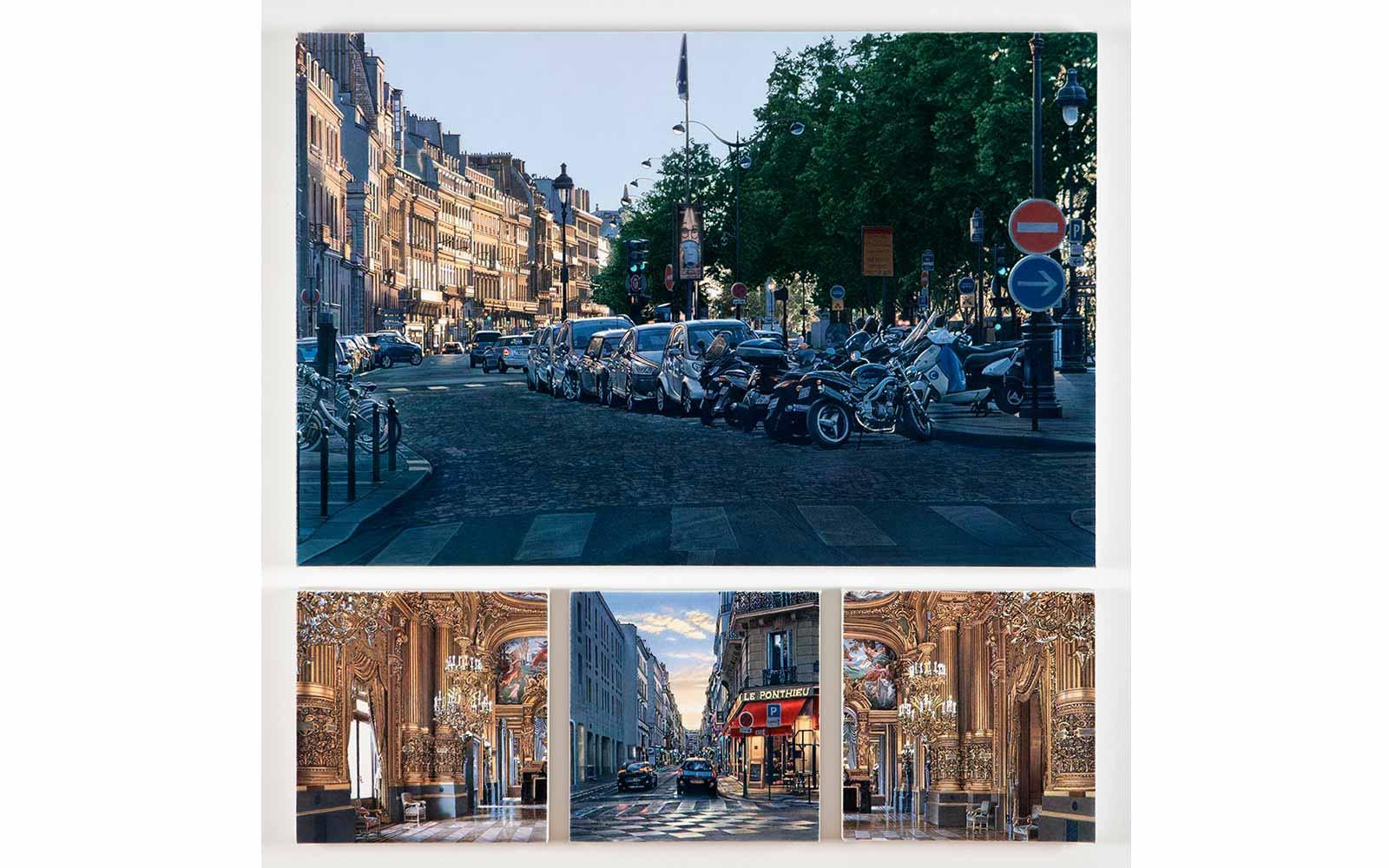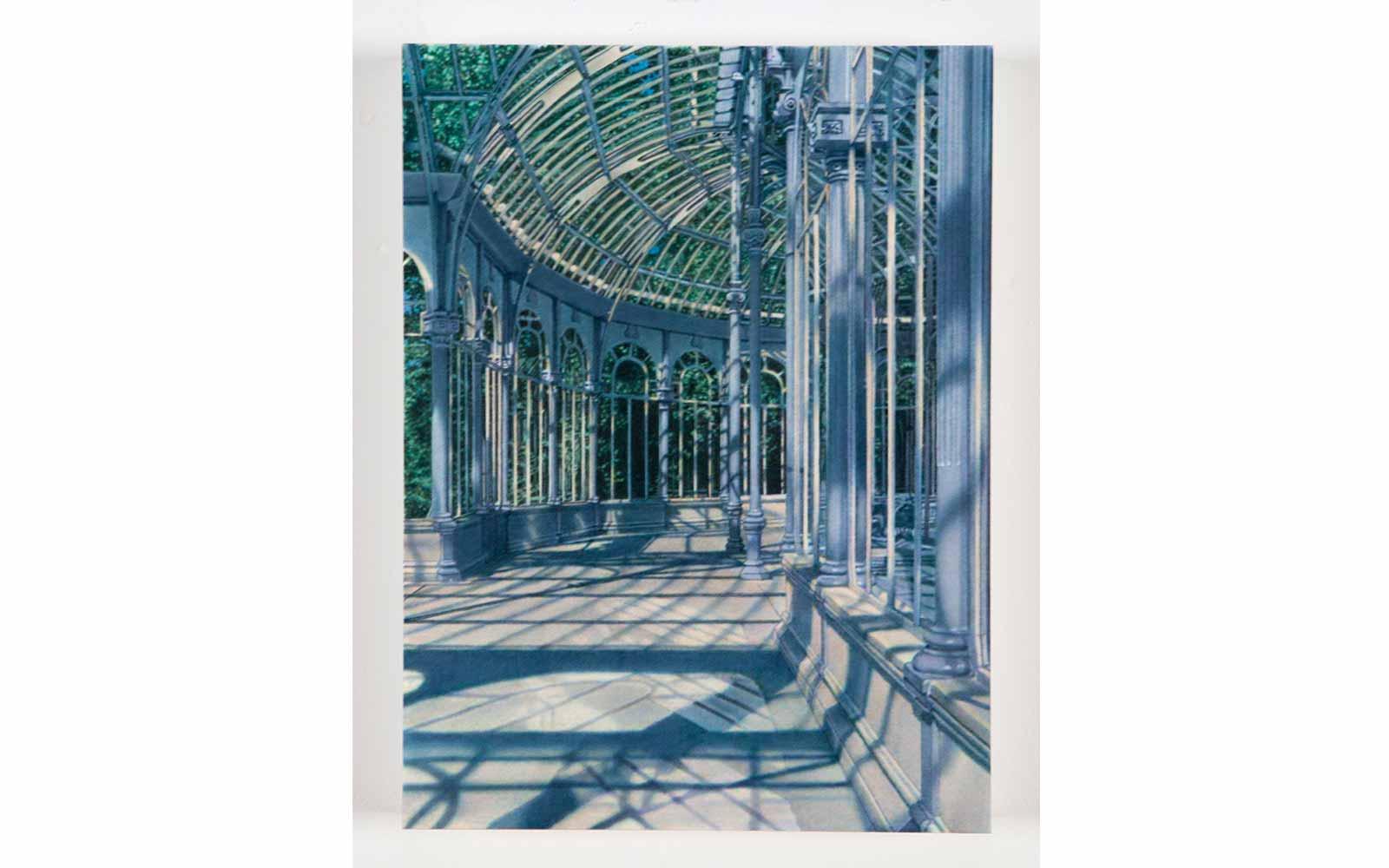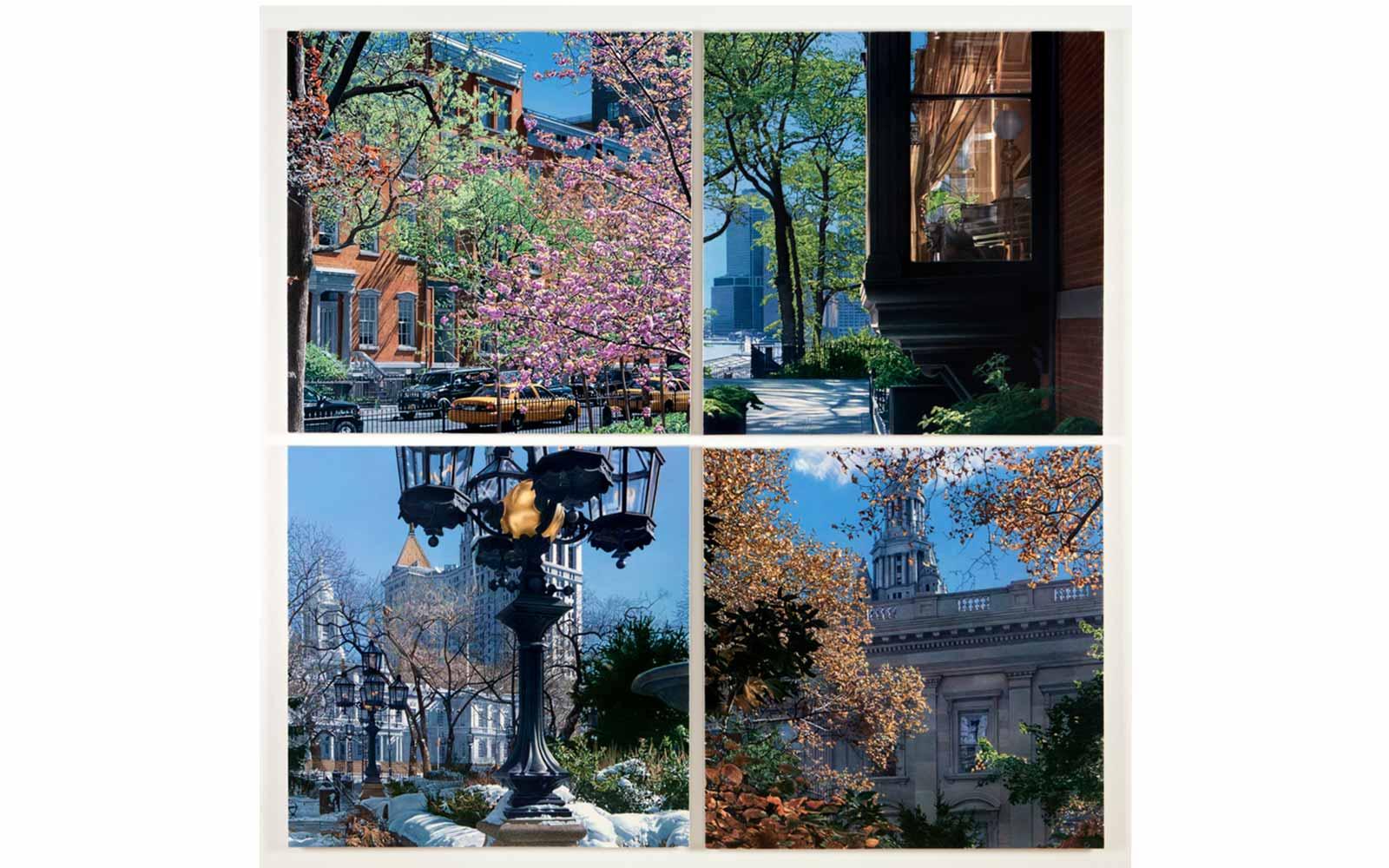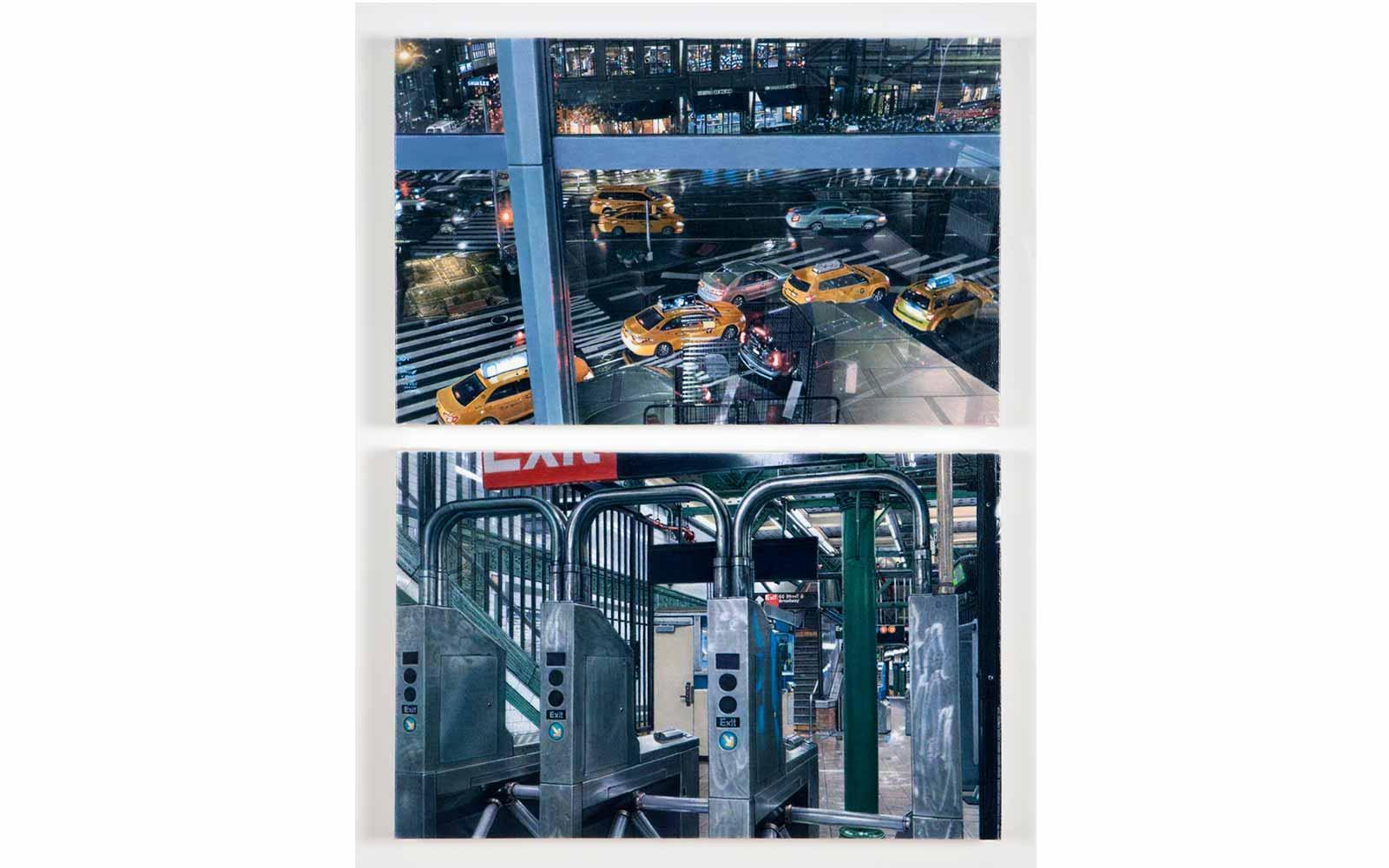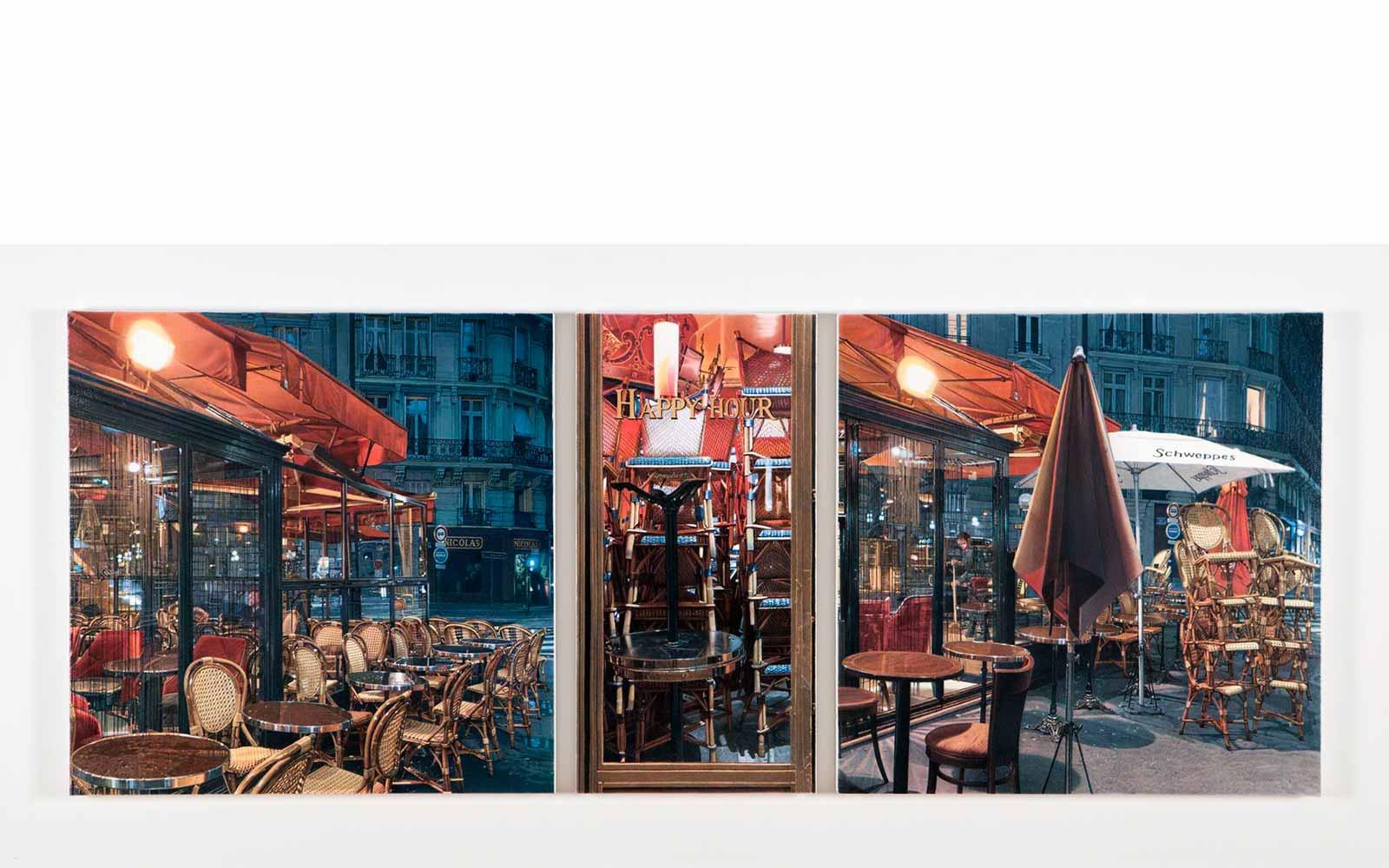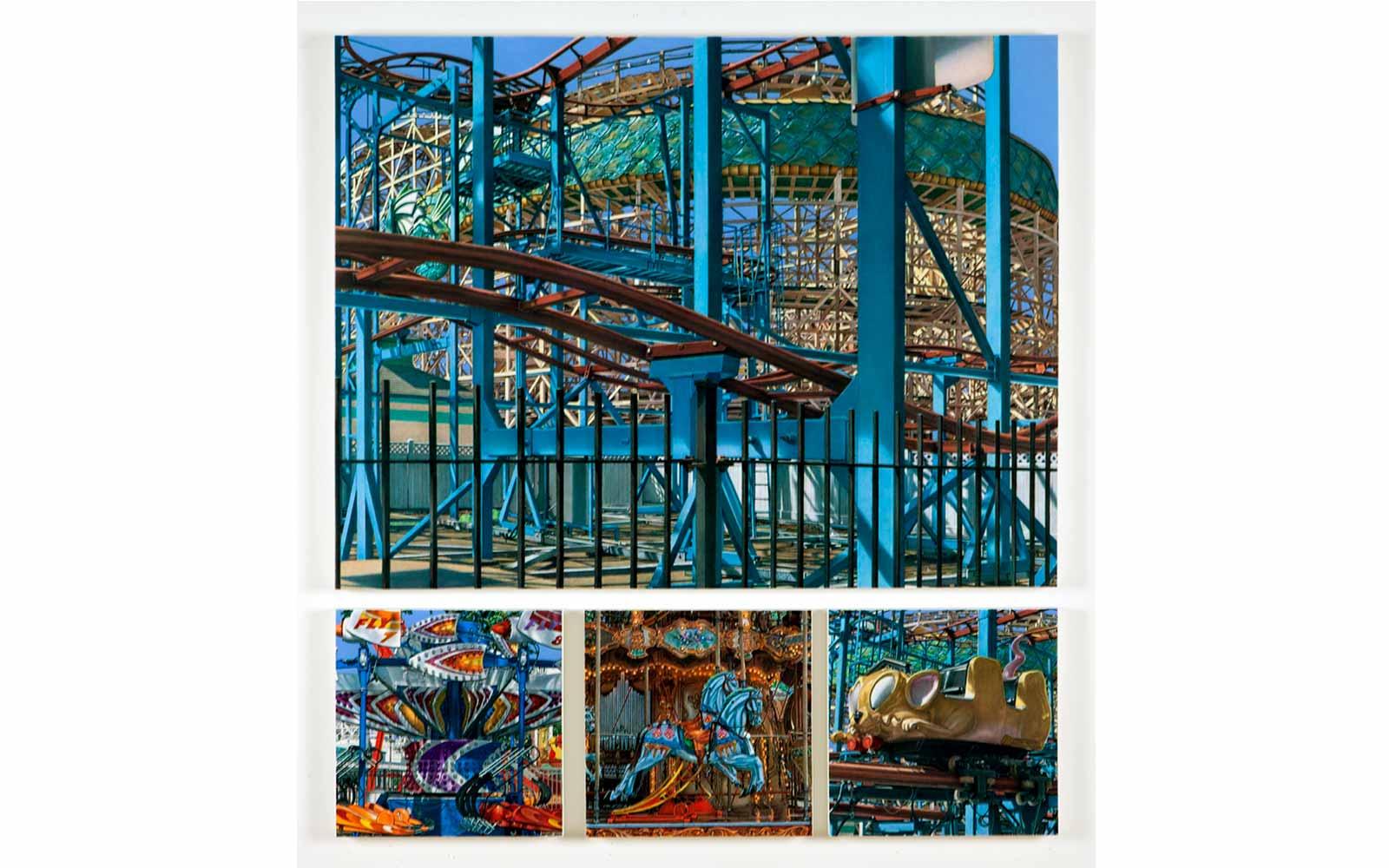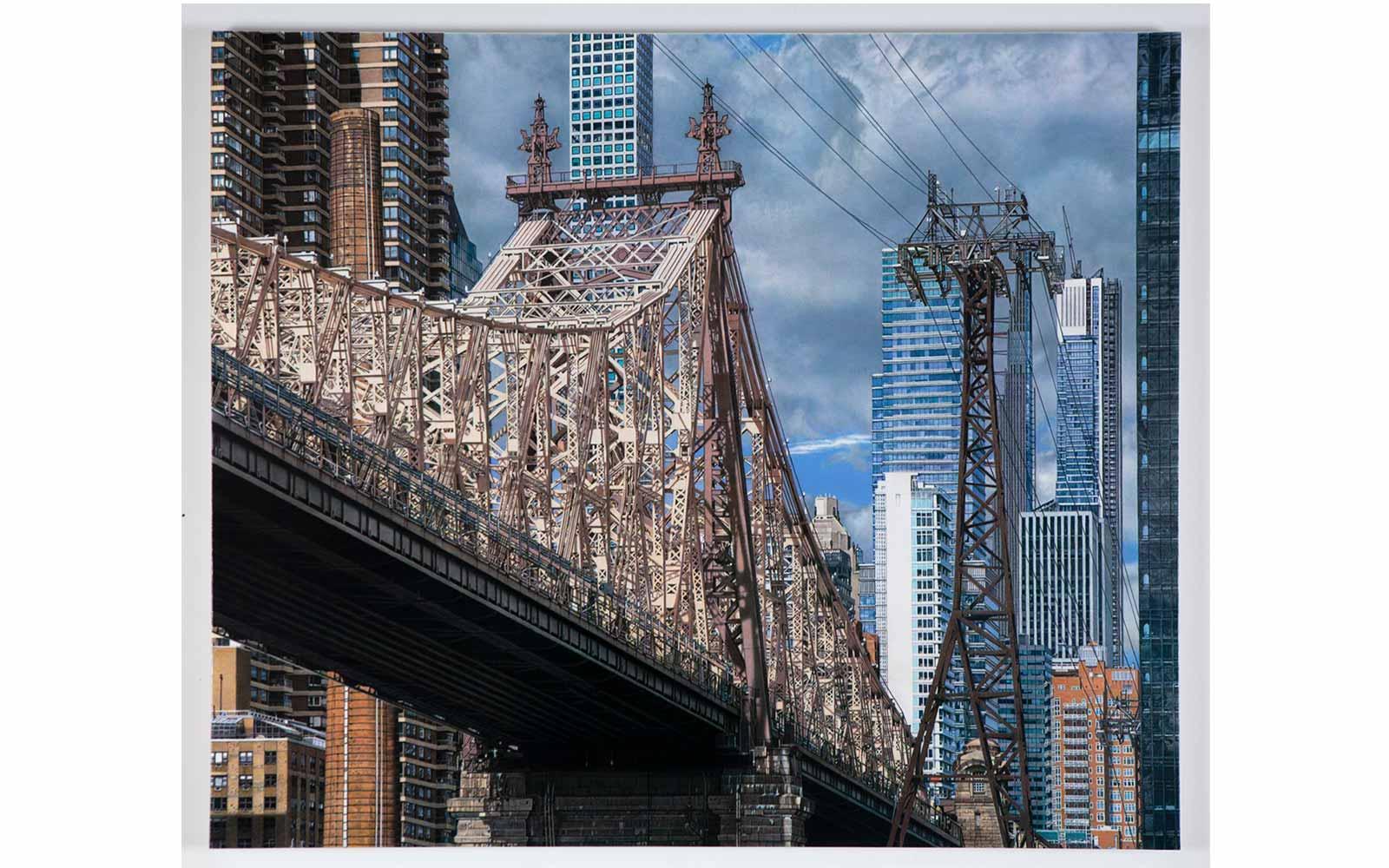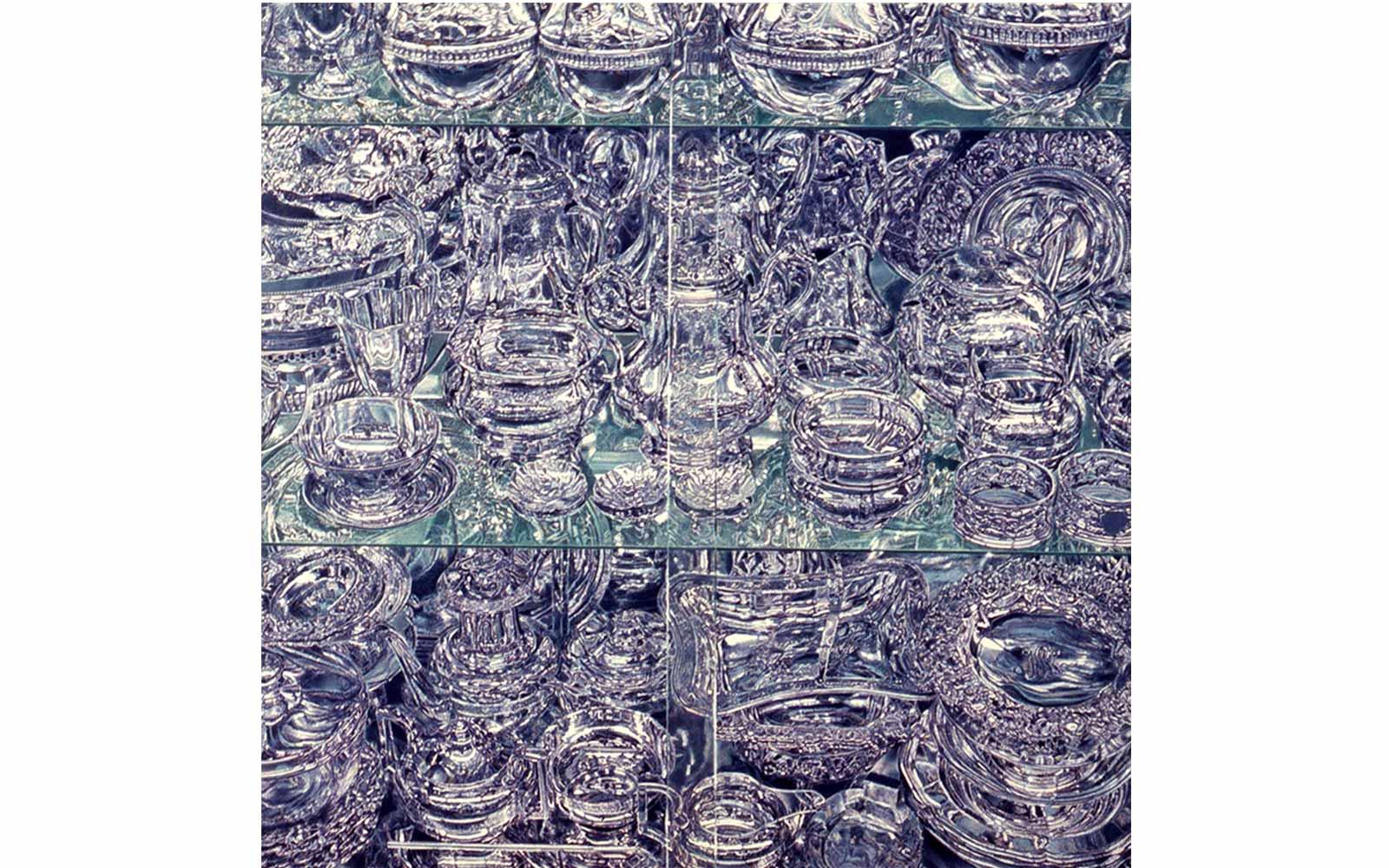Since the Classical era of Plato and Aristotle, the Greek word mimesis has described the artist’s attempt to reproduce reality. In the twenty-first century, the reality is that Realism continues to matter to the art world.
Daniel Sprick, a renowned realist based in Denver, will open his exhibit of interiors on Feb. 11, 2022, at Gerald Peters Gallery in New York City. In a telephone interview, Sprick spoke about the value of representational art.
“If we’re talking about realism in terms of visual representation, the work is accurate and well-crafted based on academic traditions of drawing and skill,” Sprick said. “I love to do it and to look at really good-quality realism works by other artists. realism can be fulfilling and spiritual, a transcendent beauty that is heightened experience.”




